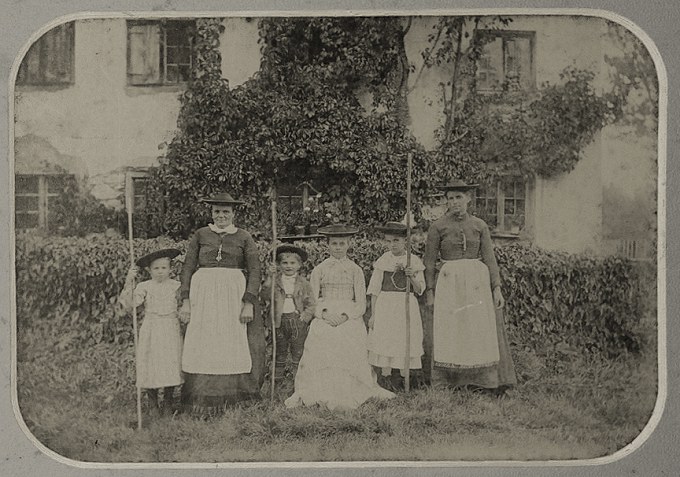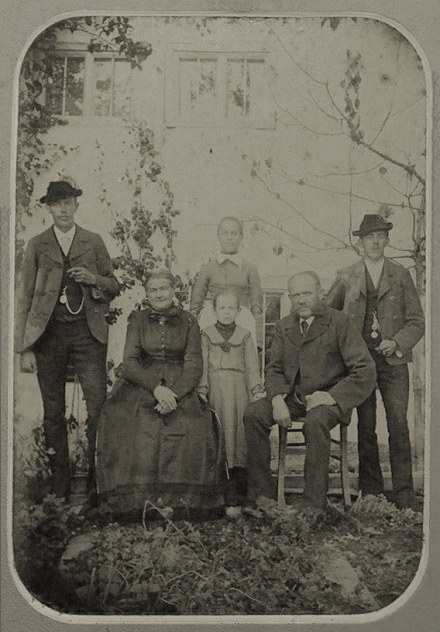There was no law, Joe and Mike, for which classes had to wear any headwear. But it was a cultural thing, to show off that you were better than those in the third class or the proletariat, a statement of status or of at least the intention of ambition to promote oneself from the third class to the second. Besides, I know from my own experience of a hat wearer that even nowadays hats are way more expensive than caps.
In many cases there are similarities to the society and social structure of Imperial Germany, Joe, like you describe in your impressive handbook, and the small neighbouring country of the Netherlands, which was heavily depending on German economics and before the war widely admiring highly German culture. (Many of the male members of our monarchy were of German nobility!)
Let me speak in all modesty only for my own post stamp size country on this matter of wearing caps by the blue collar workers and hats for the white collars.
If I am allowed, Mike and Joe, I go a little off topic perhaps with showing you as an example of my line of thinking this 1914 period picture of the workers of the Artillery Factory (“Artillerie Inrichting”) at Zaandam, just north of Amsterdam, the Netherlands.
The blue collar production workers are wearing caps, the administrative managers are wearing hats.
If you are interested, I do have more period pictures of the Dutch blue collar working class, for instance protesting at the shortage of potatoes, our national basic food, in 1916, affected by the same food shortages as neighbouring giant, Imperial Germany.
Unless I could prove it with one or German period pictures, you may still hold against me, I am speculating about this civilian headwear phenomenon. But I will try and look into my image archive to add more German samples or perhaps better not, as I am digressing too much of this topic. :?










